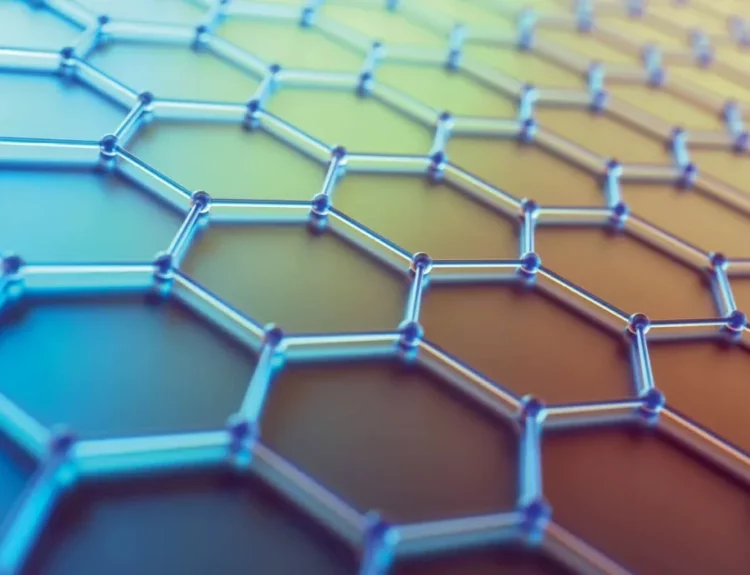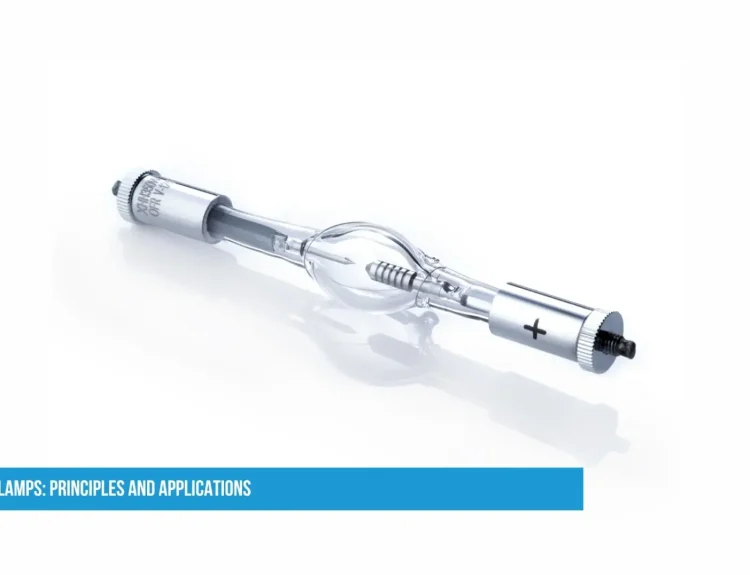Nickel foam is revolutionizing energy storage technology. Its unique combination of high conductivity, lightweight structure, and thermal stability makes it a game-changer in modern batteries and energy systems. Here are the top 5 ways nickel foam is powering our energy future:
Nickel Foam for Supercharging Lithium-Ion Batteries
How it works:
- Nickel foam serves as a 3D current collector, replacing traditional flat metal foils. Its porous structure:
- Boosts energy density by allowing thicker electrode coatings
- Improves charging speed with better electron pathways
- Prevents overheating by distributing heat evenly
Where you’ll find it:
- High-performance EV batteries
- Fast-charging smartphone/power tool batteries
Nickel Foam for Making Hydrogen Fuel Cells More Efficient
Why it’s perfect: –
- Nickel foam’s porous network acts like a “gas highway” in fuel cells:
- Let the hydrogen and oxygen gases flow freely
- Provides maximum surface area for chemical reactions
- Lasts longer than traditional carbon materials
Real-world impact:
- Used in hydrogen-powered cars (Toyota Mirai, Hyundai Nexo)
- Back-up power systems for hospitals and data centers
Revolutionizing Nickel-Metal Hydride (NiMH) Batteries
The upgrade
- Replacing solid nickel plates with foam:
- Double the energy storage capacity
- Extends battery life by preventing corrosion
- Reduces weight by 30%
Common applications
- Hybrid vehicles (Toyota Prius batteries)
- Renewable energy storage systems
- Enabling Next-Gen Solid-State Batteries
The breakthrough
- Nickel foam solves key challenges in solid-state batteries:
- Provides a stable structure for lithium metal anodes
- Prevents dangerous dendrite formation
- Handles extreme temperatures safely
Coming soon to
- 500+ mile range EVs
- Ultra-thin flexible electronics
- Powering Advanced Supercapacitors
Why it’s ideal
- When coated with active materials, nickel foam creates:
- Ultra-fast charging (seconds instead of hours)
- Million-cycle lifespan (vs. thousands in batteries)
- Explosion-proof energy storage
Critical uses
- Regenerative braking in trains and elevators
- Emergency power for wind turbines
The Future: What’s Next?
Researchers are working on:
- Graphene-coated nickel foam (even higher conductivity)
- Self-healing nickel foam electrodes
- Biodegradable versions for eco-friendly storage
Why This Matters
Without nickel foam, we wouldn’t have:
- Smaller, longer-lasting phone batteries
- Affordable electric vehicles
- Reliable renewable energy storage
- This unassuming “metal sponge” is quietly powering the clean energy revolution – and its potential is just beginning to be unlocked!




